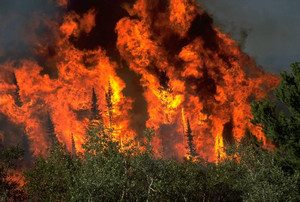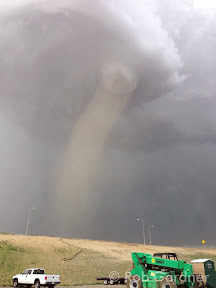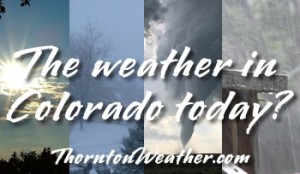
By the numbers, the rainfall experienced across northeastern Colorado since Monday, September 9 has been nothing short of extraordinary. Over the span of a week, many locations received half of what they normally receive in an entire year. Some received more than what they expect annually.
We have created and interactive map (below) that shows precipitation totals from Monday, September 9, 2013 to Monday, September 16, 2013. The numbers are totals as reported by CoCoRaHS volunteers – the Community Collaborative Rain, Hail & Snow Network.
Looking at the map, it is clear that the Boulder area received the most with one station recording an astonishing 21.13” over the 7 day timespan. The official station in Boulder has recorded 16.69” inches this month and 29.65” for the year. These numbers break Boulder’s monthly record and its annual precipitation record.
Denver’s official station at Denver International Airport (DIA) has recorded 4.65 inches this month, enough to put September 2013 in the books as the 2nd wettest on record. However, that total hardly reflects what locations closer to the city’s center received with many recording over 7” this month.
Here in Thornton we have seen 8.85” of rain so far this month, an extraordinary total that brings our total for 2013 to 18.81”. This is clearly the biggest month and year for precipitation since ThorntonWeather.com came online in 2007 and likely the biggest month ever in Thornton.
If you have a hard time viewing the map in the window below, click here to launch a larger version.






